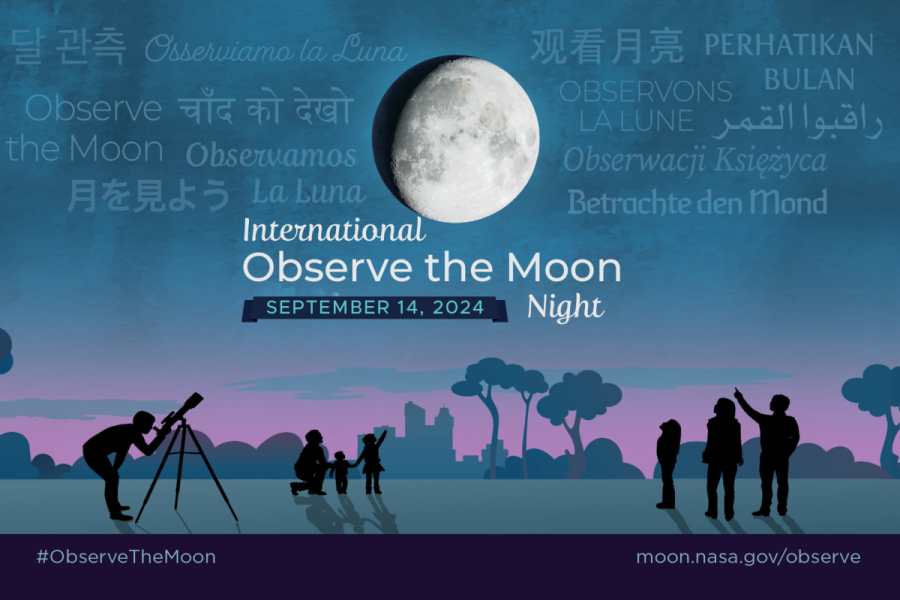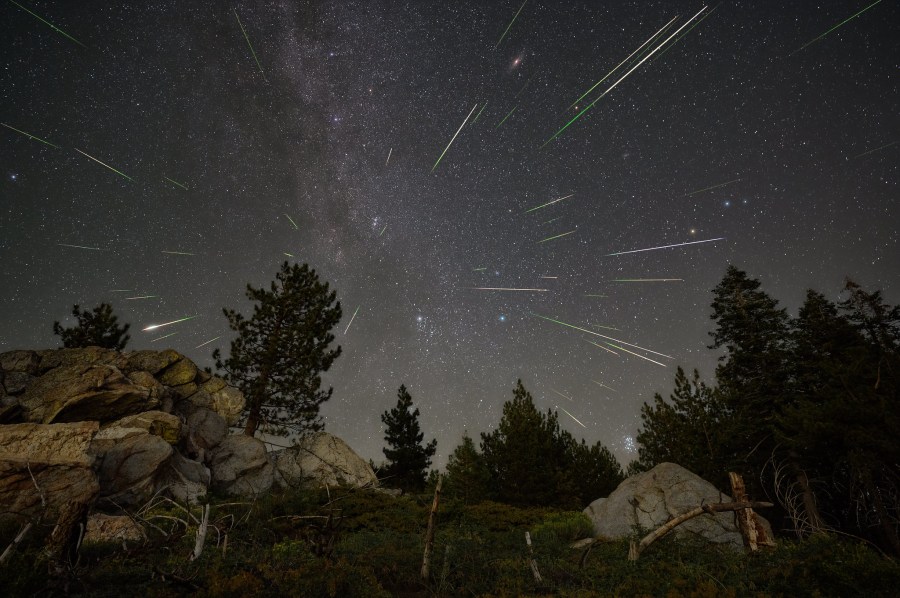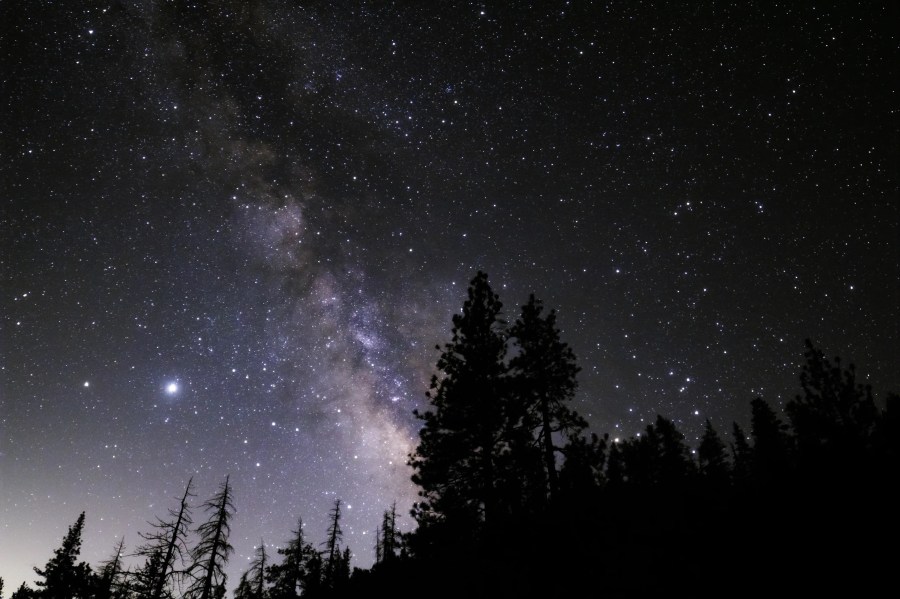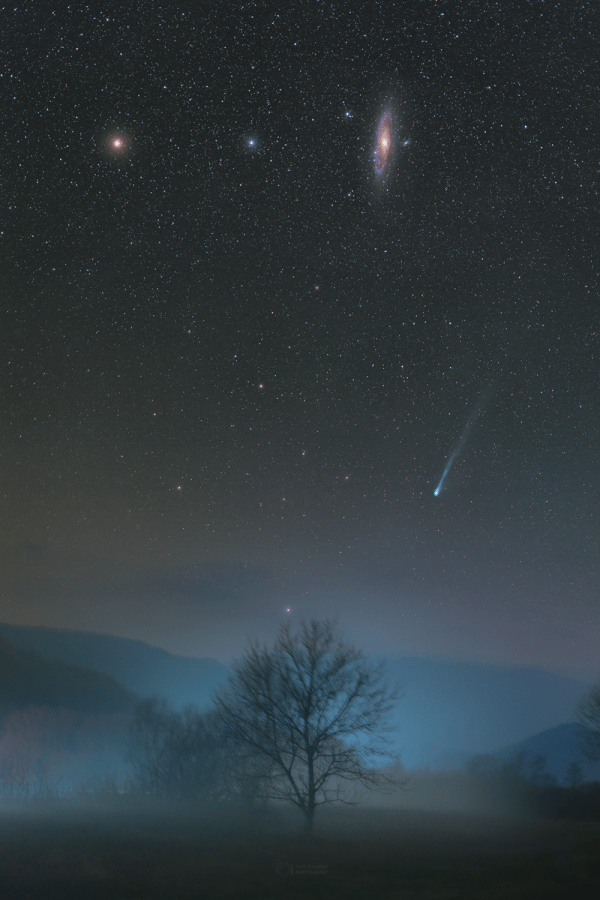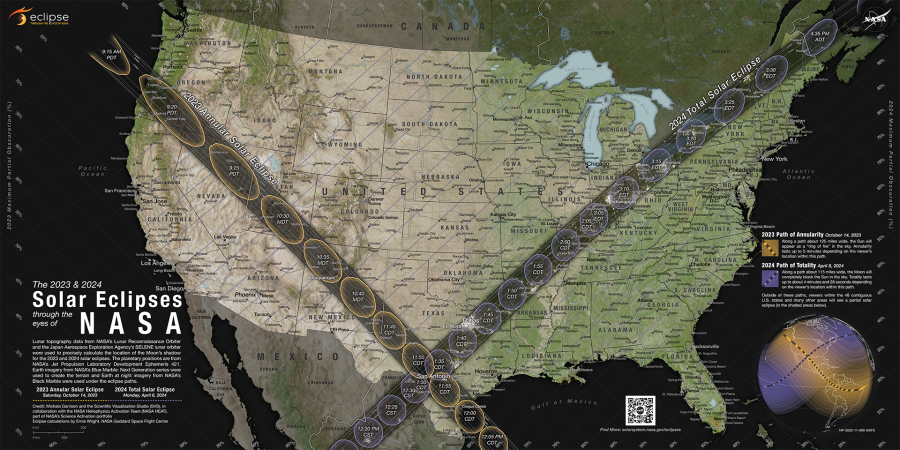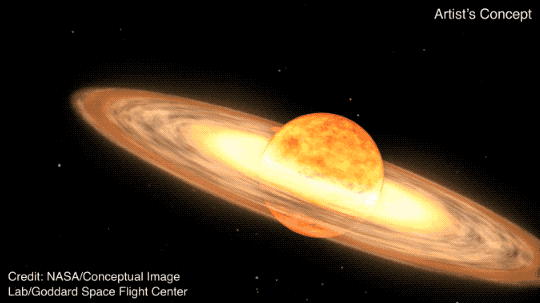Everyone everywhere is invited to join fellow sky-watchers Saturday, Sept. 14, for International Observe the Moon Night – a worldwide public event encouraging observation, appreciation, and understanding of the Moon and its connection to NASA exploration and discovery. This celebration of the Moon has been held annually since 2010, and this year NASA’s Planetary Missions …
NASA to host International Observe the Moon Night 2024
